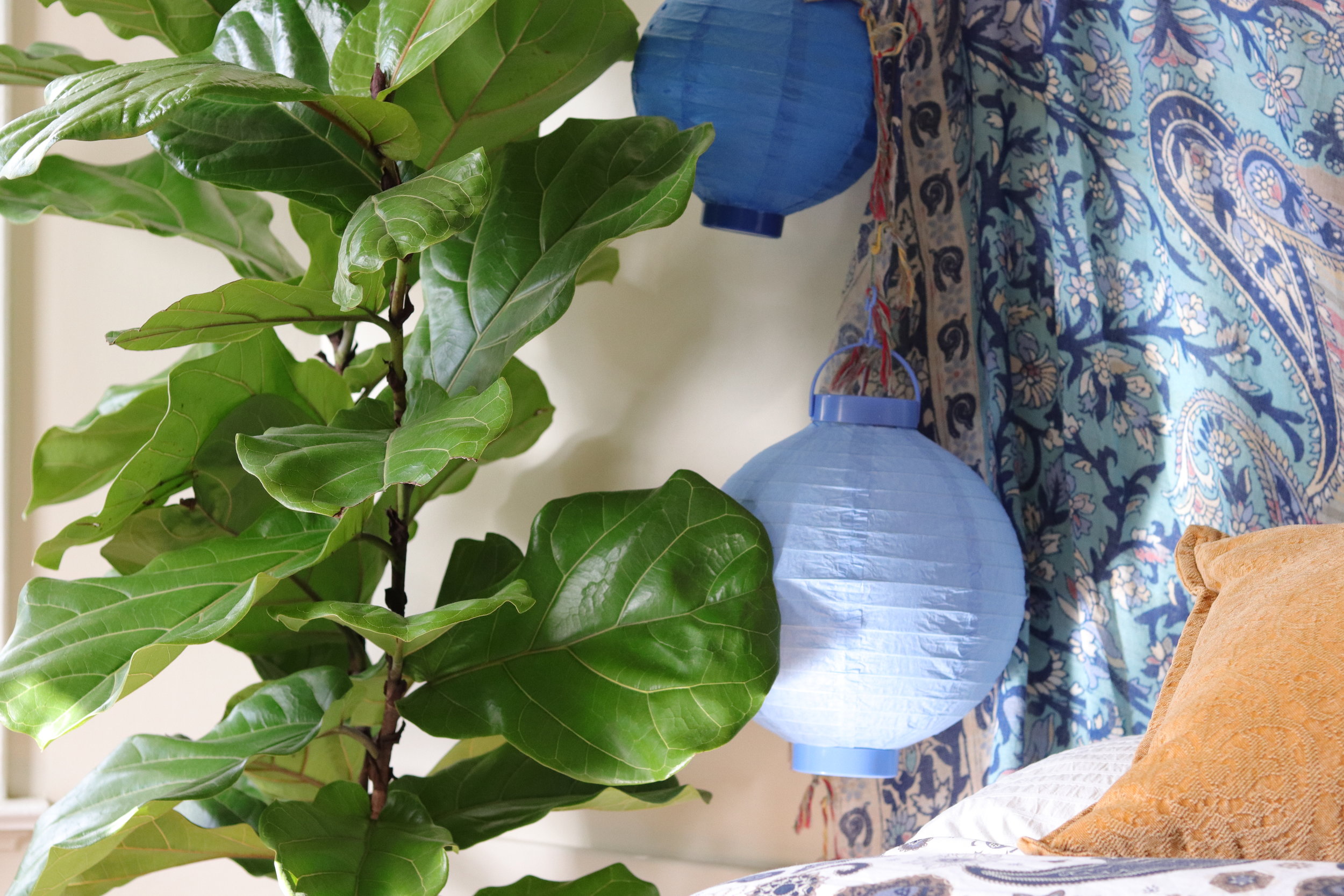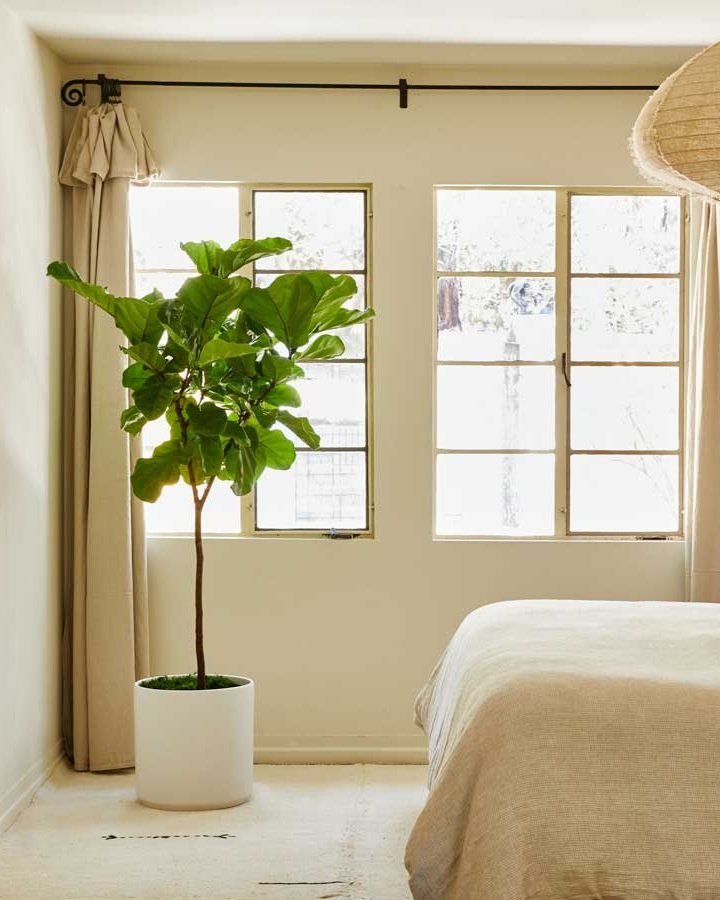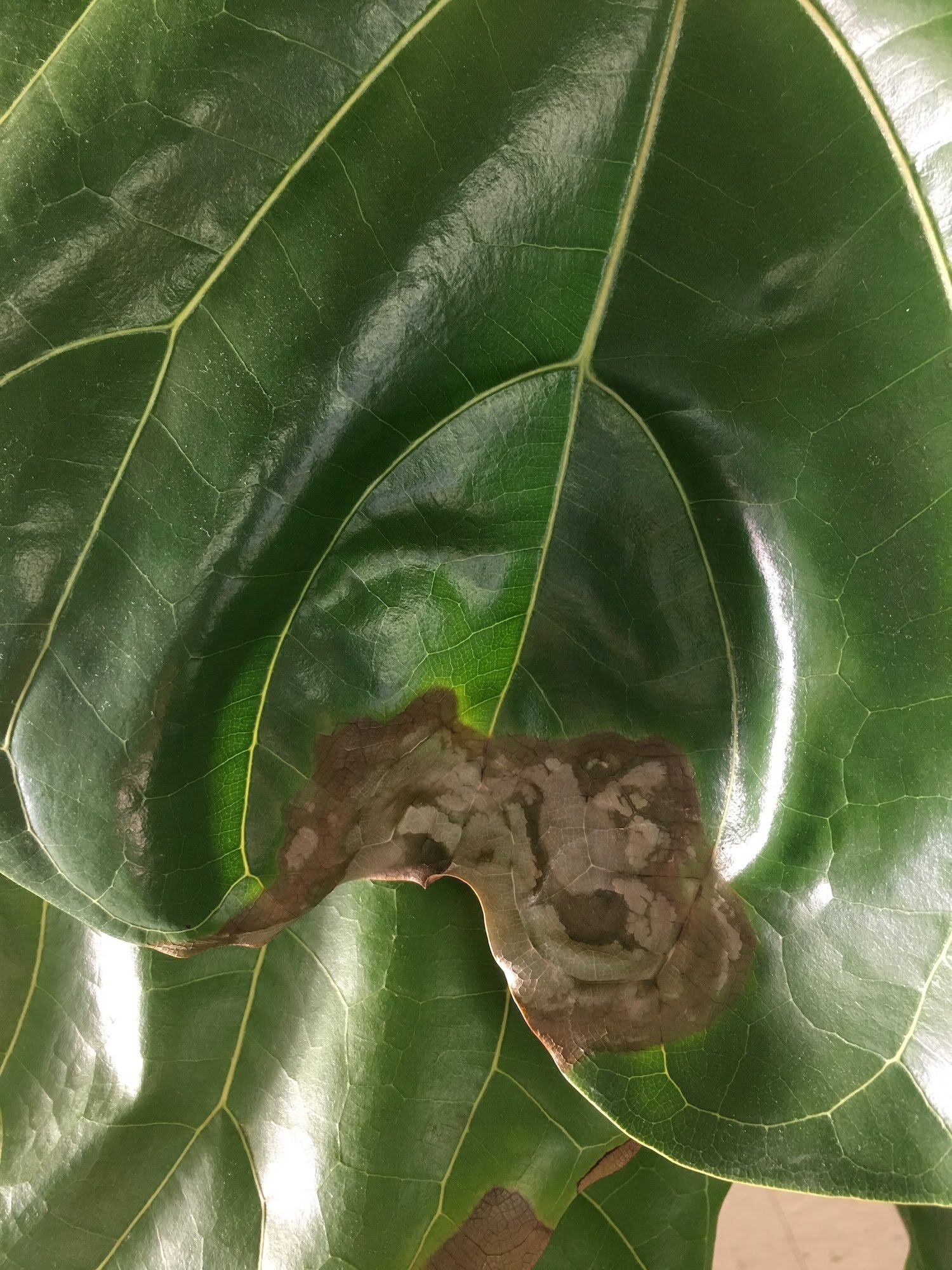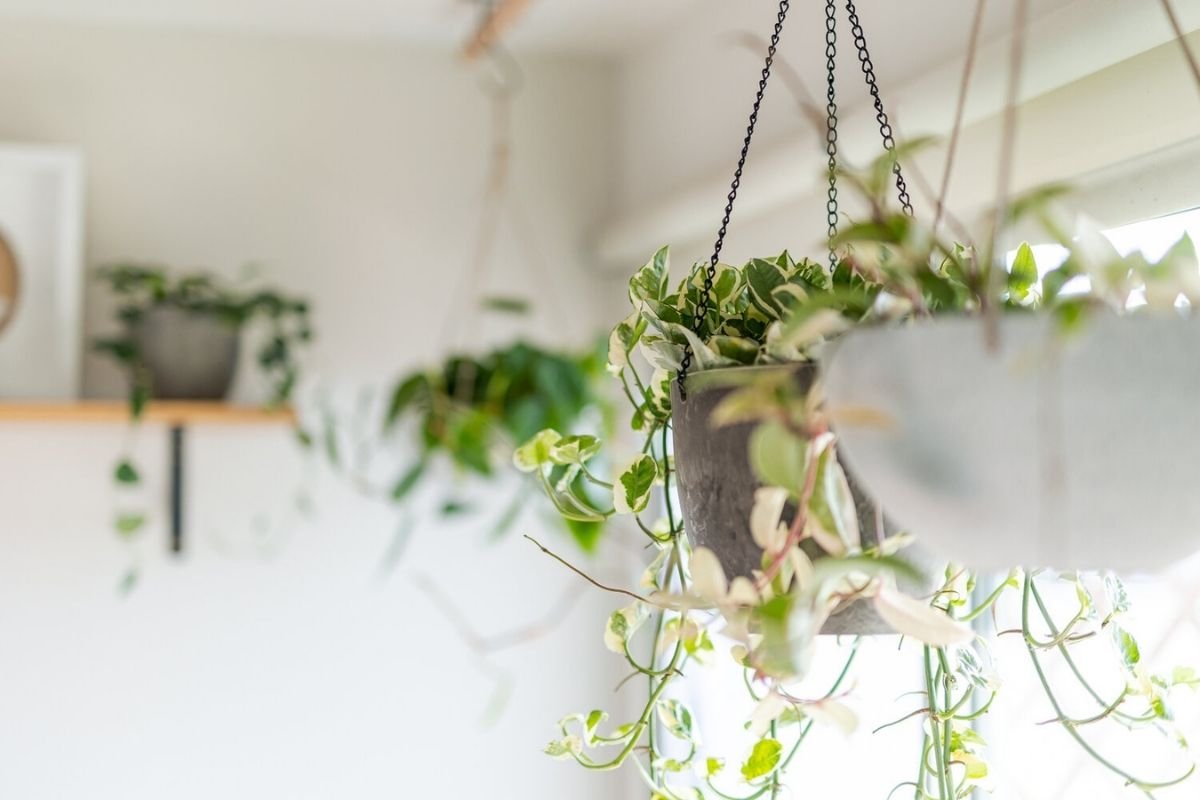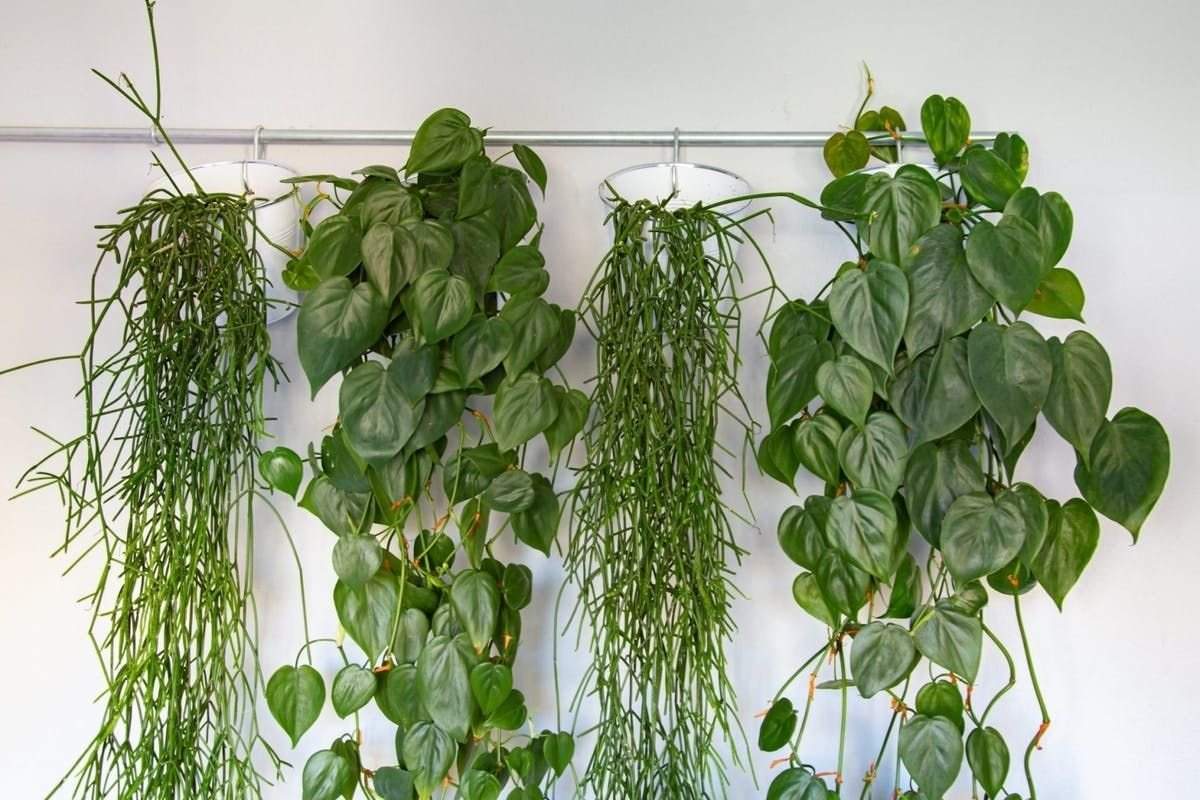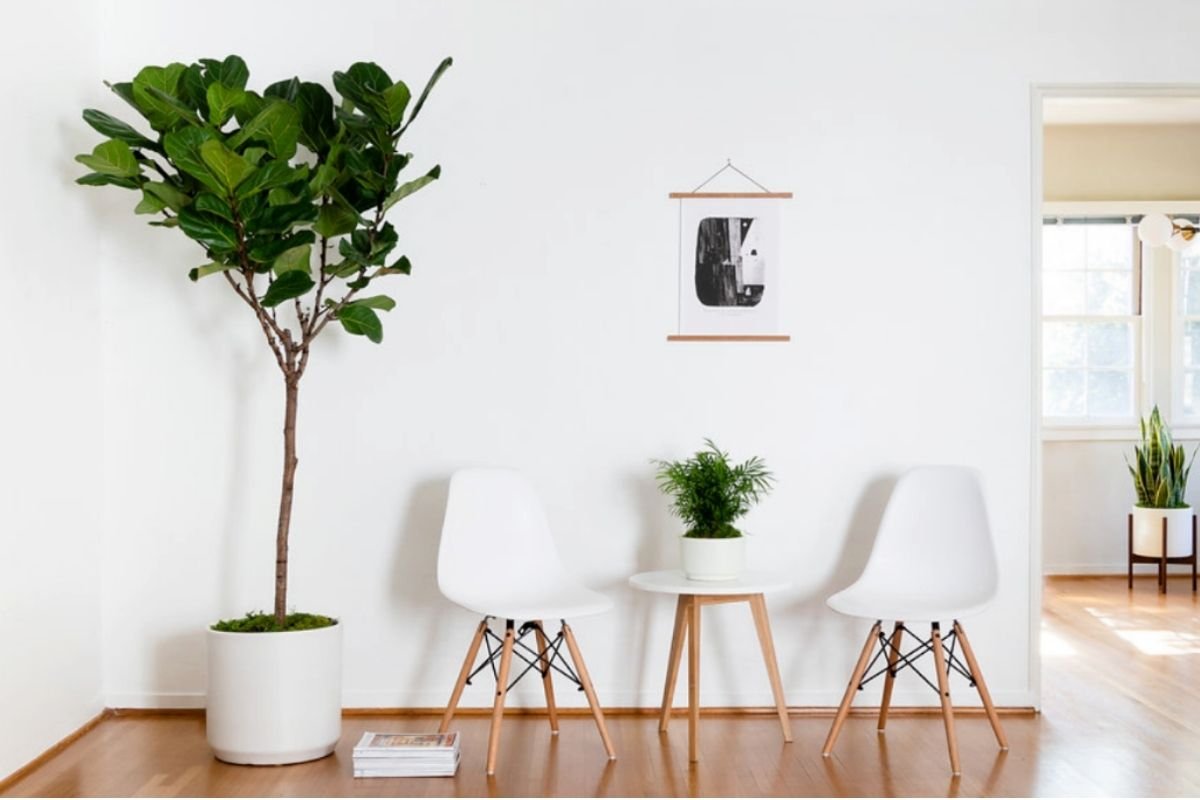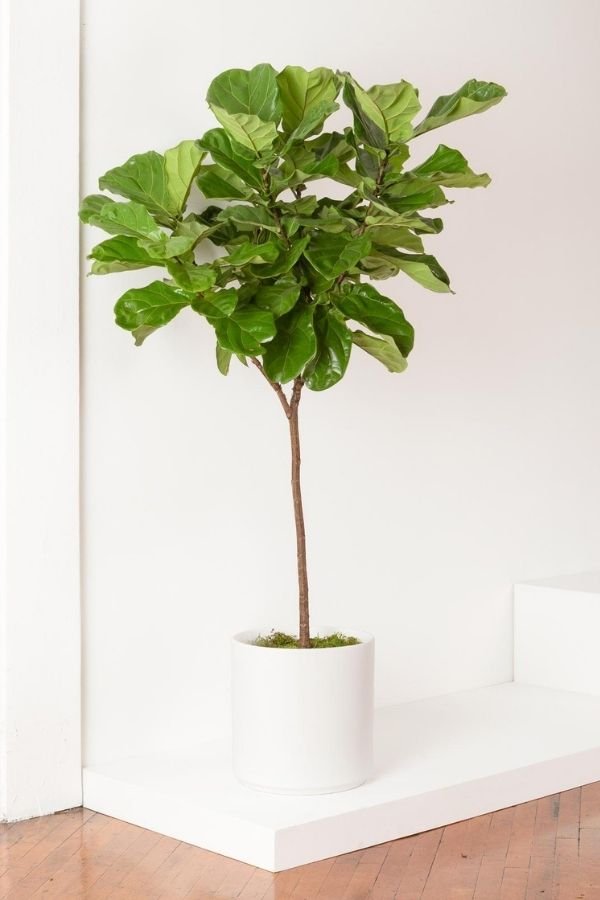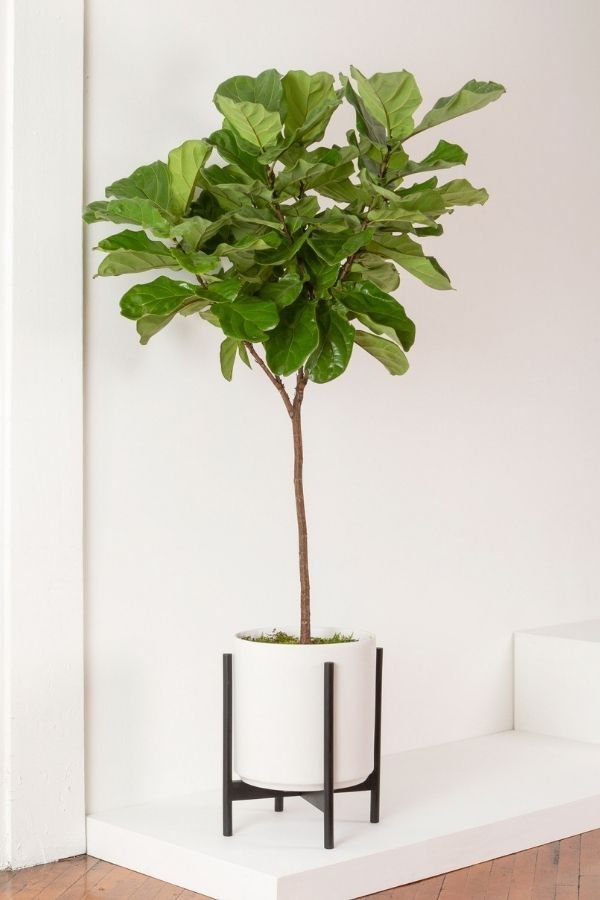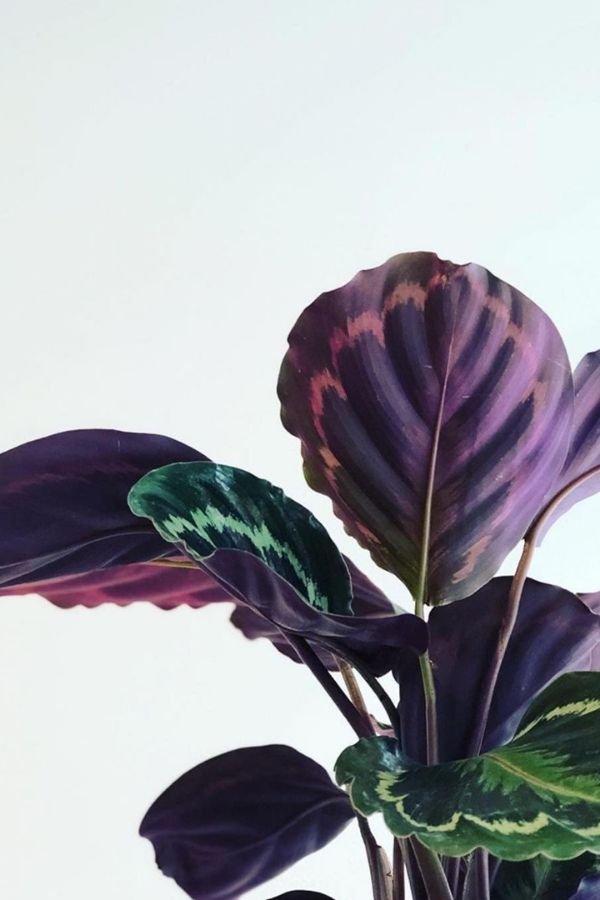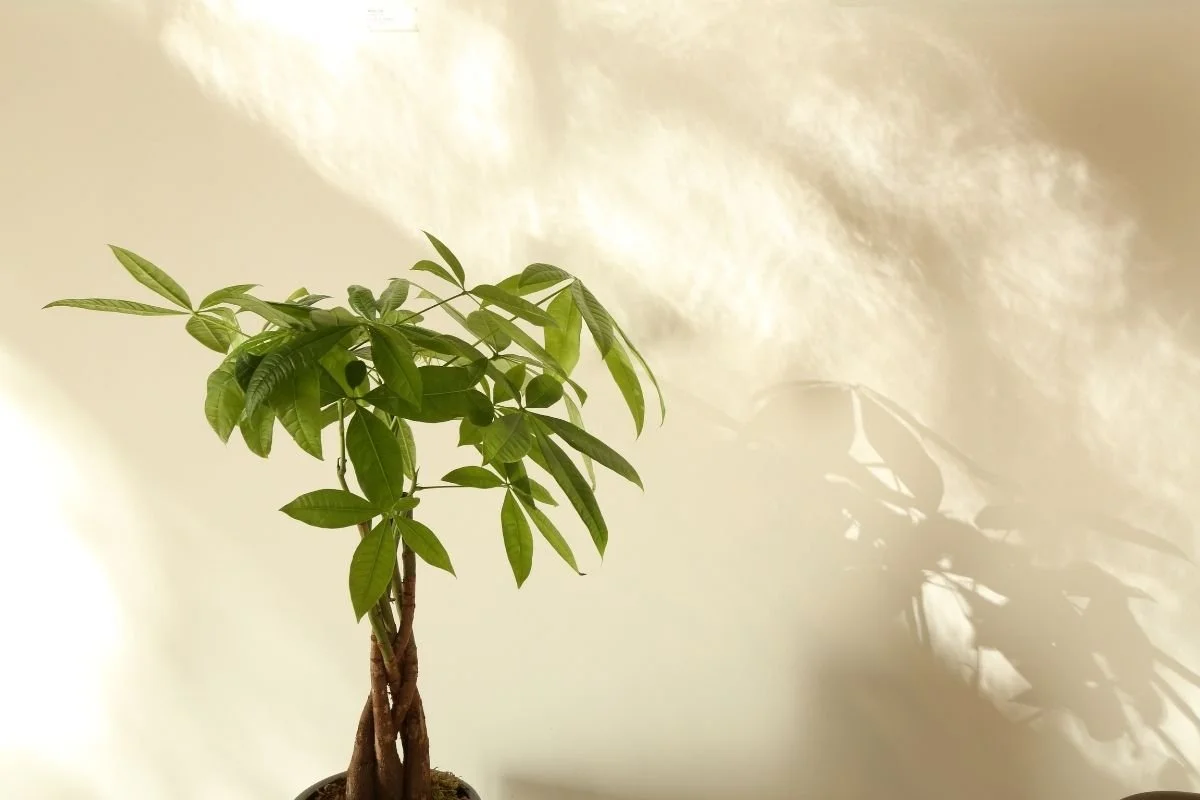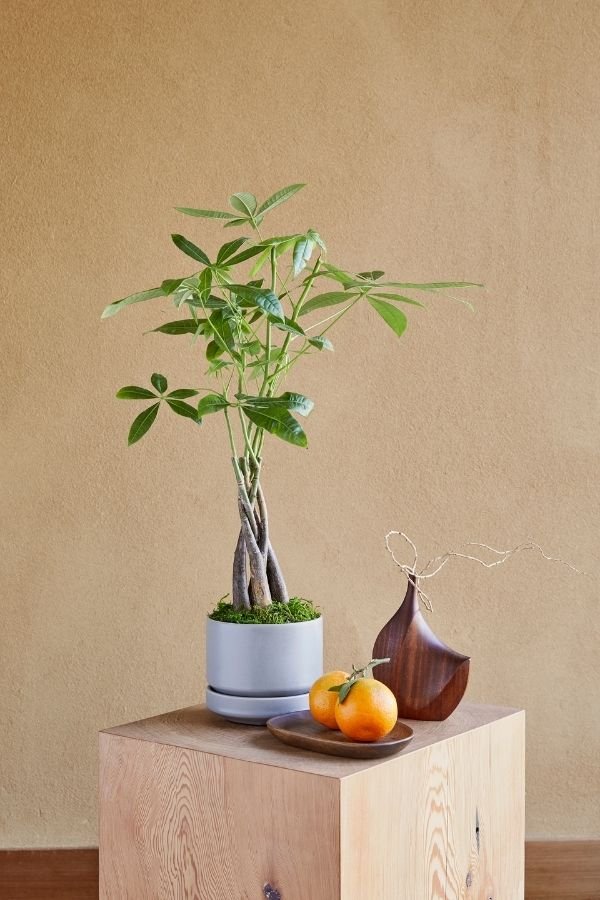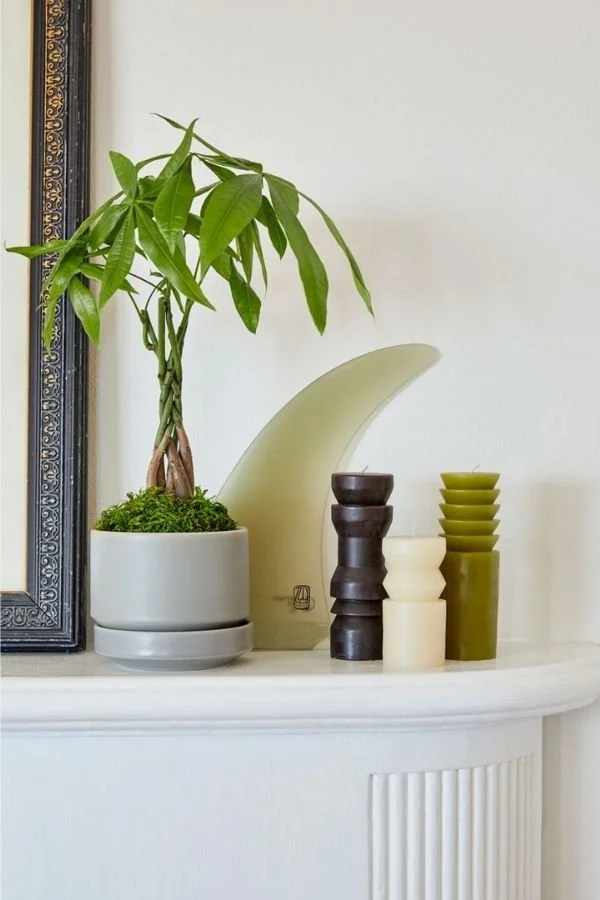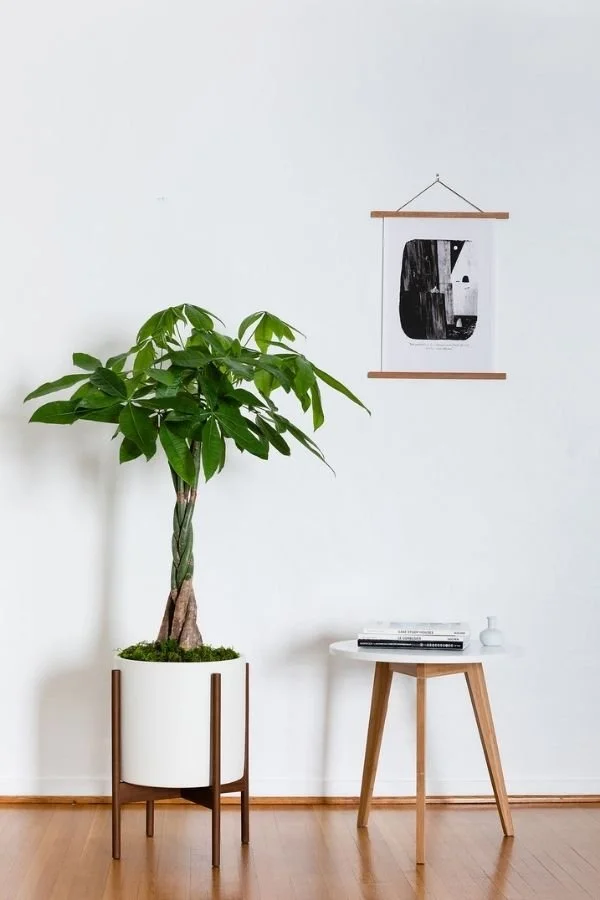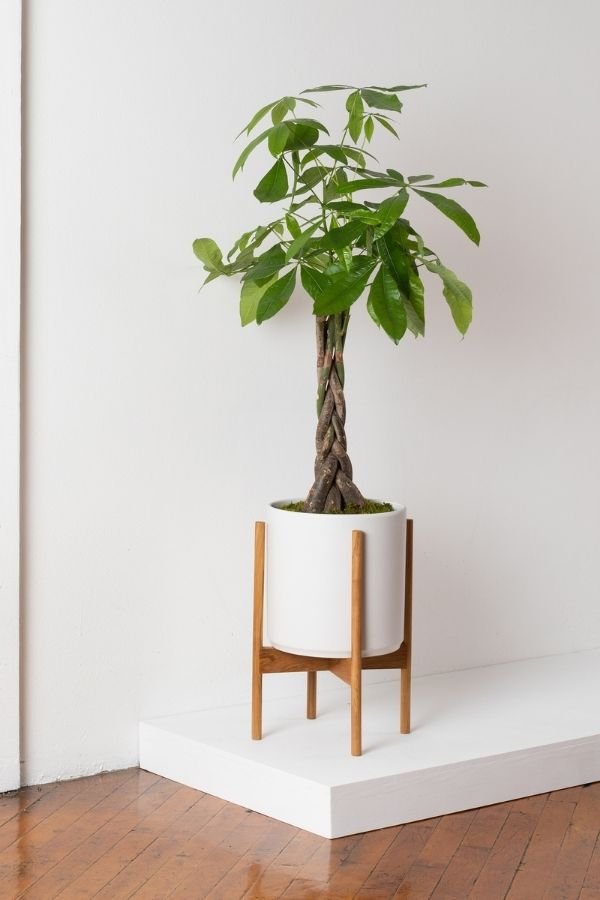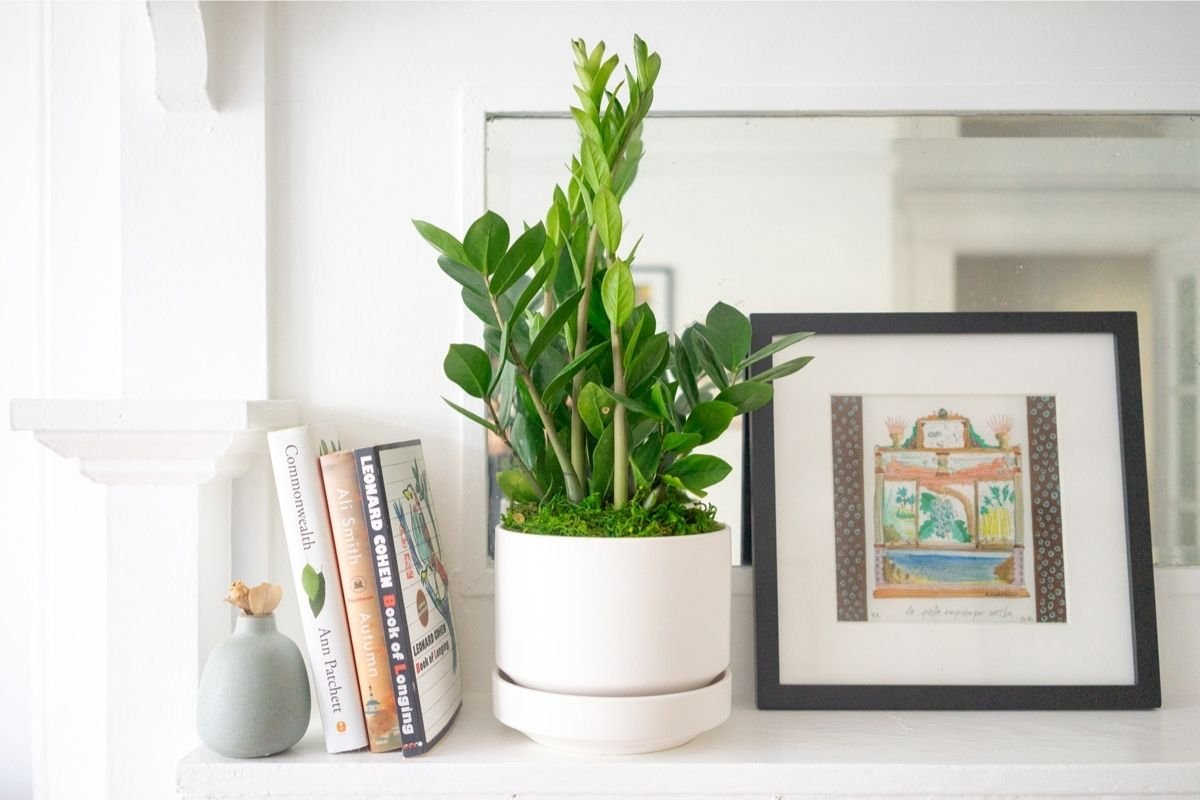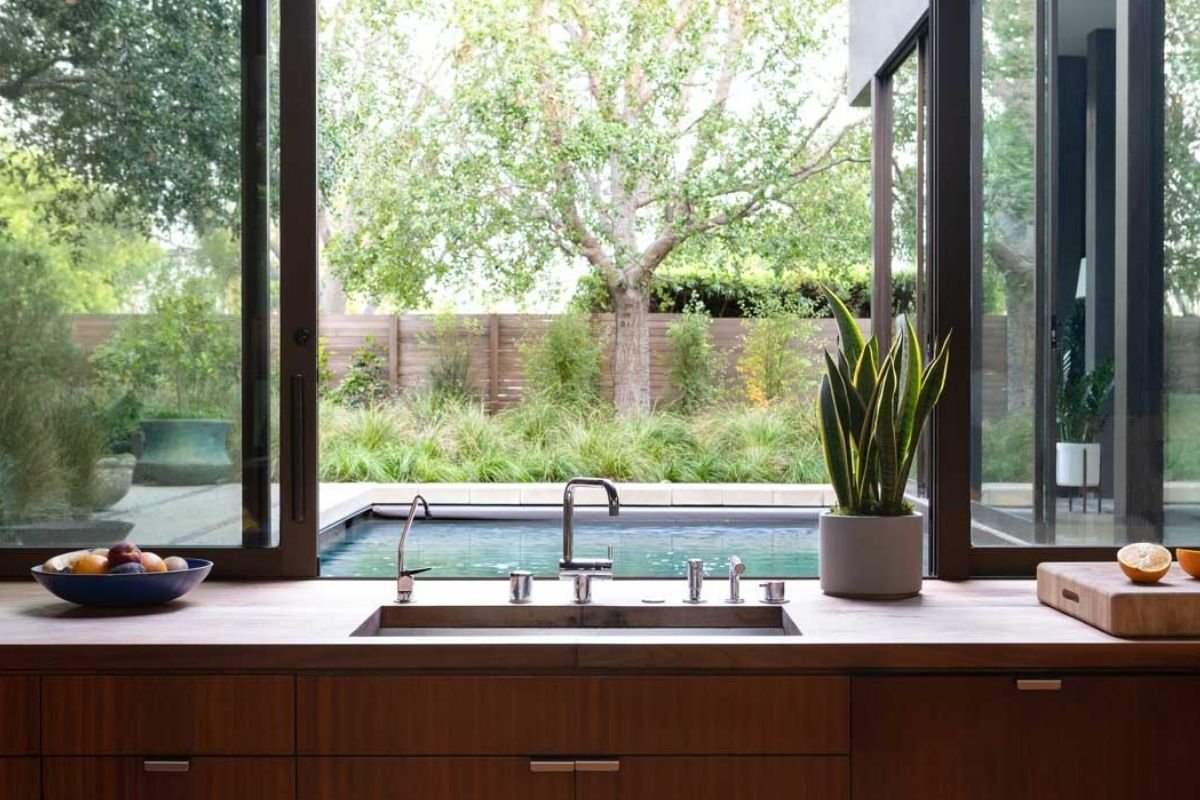Fertilizer is an important tool for potted plants, and with their large, dense foliage and tendency for fast growth, Fiddle Leaf Figs are no exception! One common mistake plant parents make is rarely or never fertilizing, which can result in slow or stunted growth and poor overall health. So how often should you fertilize, and with what? Here we’ll answer a few common questions when it comes to fertilizing your Fiddle Leaf Fig!
How Often Should You Fertilize a Fiddle Leaf Fig?
Unlike their counterparts in the wild which live in the ground and are constantly replenished with nutrients, our potted plants depend a great deal on the extra nutrients we feed them in their soil. While potting soil contains plenty of nutrients itself, if it’s been over a year since you last repotted or fertilized, it’s very possible your plant’s nutrient level is severely depleted. Fertilizing your plant every 2-4 weeks in the spring and summer is good practice to keep it looking vibrant and healthy!
How Should You Fertilize a Fiddle Leaf Fig Plant?
There are a few different ways to fertilize a Fiddle Leaf Fig. No matter how you fertilize, one thing to be careful with is overdoing it, as this can lead to leaf scorch or fertilizer burn in any indoor plant—not just Fiddles! Also keep in mind that fertilizing is not necessary during the winter, as this is when plants typically slow down their growth and have less need for extra nutrients.
Here are a few different ways to fertilize your Fiddle Leaf Fig:
With liquid fertilizer, which is usually diluted in water and simply watered over the soil.
With dry fertilizer, usually by sprinkling over the top of the soil and then watering.
Foliar feeding, or misting the plant with something like Plant Elixir.
Natural Plant Food
Nourish your plants with this specially-formulated organic liquid plant food. Our Boost Vitaminé is made with potent nutrients from nature to help your plants grow and thrive all year long.
What is the Best Fertilizer for a Fiddle Leaf Fig Plant?
Plant fertilizers have a specific N-P-K ratio, which represents the amount of nitrogen, phosphorous, and potassium in the solution. Indoor plant food is formulated specifically for, you guessed it, indoor plants! But we can get even more specific than that with an N-P-K ratio designed specifically for the needs of the Fiddle Lead Fig. According to the Fiddle Leaf Fig expert, Claire Akin, this ratio is 3-1-2.
Fiddle Leaf Fig Plant Food is a great choice for fertilizing this specific plant, and is gentle enough to use at each watering. You may also try foliar feeding with something like Modern Colony’s Plant Elixir, which is diluted in water and then sprayed on the leaves, and can be used in tandem with liquid fertilizer.
This post was adapted from the Fiddle Leaf Fig Plant Resource by expert Claire Akin. Head to their website to learn more about caring for the Fiddle Leaf Fig.
Indoor plants, potted & delivered.
Premium plants paired with stylish ceramics, plus lifetime plant care support. Order online at leonandgeorge.com
